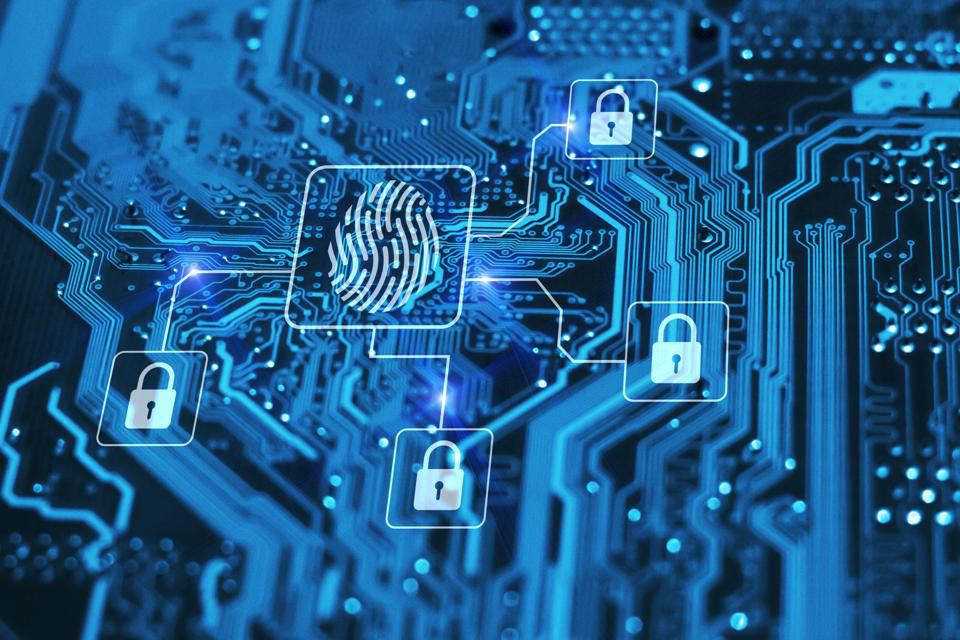Today, almost all organizations rely on continuous and secure IT activities, so network risk deserves the same attention as other types of risk. In principle, security culture is a policy that employees of a particular organization that has submitted that policy must agree to. Security-centric culture may not be the company’s most concealed protection from the cyber threats it faces, but in the end, it’s the most incredible.
If everyone focuses on the same rules and struggles to stay within the security limits set by the organization, the possibility of human error is reduced indefinitely. Information security teams face attacks, access to business cloud applications, mobility, and malware.
Ways to Create a Robust Security-Centric Culture in the Organization
In this article we have discussed a few incredible ways to create security-centric culture in the organization.
Simplify
Organizations need to work together to simplify the meaning of security. A great way to do this is to connect physical security with cybersecurity. A safe culture does not have to be complex, but it is easy to understand and commit to. Training is very important for the foundations of the culture of security. You can find security information in major vulnerabilities, in articles, in major media.
Comply
Today, it is very rare for an organization not to engage in any harmonization. As an organization, you need to understand the rules and how violations or incidents can negatively affect your entire business. In past, health authorities approved a $ 4.8 million deal after leaking 6,800 personally identifiable data. Real money organizations can expose profitability and ultimately jobs. While you don’t have to do this, intellectual property, customer sales lists, and payrolls are all information that, in case of leakage or disintegration, it may worsen the quality.
Understand
There is a gap between information security groups and user communities. We’ve seen organizations set up national cybersecurity projects, where a security expert works with stakeholders in different departments to talk about how everyone deals with cybersecurity. This approach helps reduce pressures and create a culture of alliance and a common goal of the department: to work efficiently and safely. Not everyone agrees with your organization’s cybersecurity stand. One way to build a culture is to disagree and not forget.
Dominant Leadership-Driven Cyber Power
As all major organizational change begins at the highest level, it is necessary to ensure that management is interested in actively managing and fostering cybersecurity and is ready to communicate it to the rest of the organization concerning problems and cultural priorities. However, to support senior management, we recommend regular meetings between the C-level management and the company’s security manager. Though, IT teams can no longer remain silent; they should explain to management why company security is important and advise how to improve the company’s security culture.
Middle managers also play an important role in the security culture because they work directly with employees and can show them how to behave in a safety-oriented manner. On the other hand, managers should take risks to clarify appropriate procedures when their employees behave badly and pose a threat to company security. Involving these leaders and making proper use of their power is invaluable for creating real change. All the same, security-oriented behavior is at odds with a company’s corporate culture only if managers who obtained information security certifications are committed to creating a strong security culture.
Explain the Security Policy Clearly
Security policy is the foundation of a safety culture because it regulates employee behavior. You must create at least two documents. The first is public safety policy. It has been prepared by the IT department and approved by all stakeholders and sets out rules and procedures that must be followed by anyone who has access to the company’s information systems and assets.
We also suggest that you describe in detail the consequences of not following the rules: an employee may experience a disgraceful reputation, dismissal, or even legal action. Workforces and recruitment managers must ensure that new employees read the security policy from day one and can easily refer to it at any time.
Train Workforces
According to a report, 35.7% of respondents said a lack of staff training is one of the biggest obstacles to implementing a more effective IT plan. There are different types of training, from traditional PowerPoint presentations led by a member of the IT team to modern opportunities. It mentioned that staff undergoing this training rarely has problems, unlike those hired before the program began, which often needed basics. Another interesting way to promote safe behavior is role play.
Employees review security-related files and decide how to resolve specific issues following the security policy. When writing a scenario, we suggest focusing on the two or three major IT risks facing your business, whether it’s a solution program, poor distribution of sensitive data. However, employees learn to follow security policies practically and try out different roles without creating risk.
Encouraging People to Report Incidents
Work is a community in the sense that employees can contribute to its prosperity with a sense of social responsibility. To increase responsibility for security, executives should encourage everyone to report not only incidents but even suspicious meetings. That should be an easy way to do it; it is usually sufficient to contact the IT department directly.
We also encourage managers to encourage the identification of team members who have helped identify problems via email or at a company meeting. A commitment to take personal responsibility for security from the outset creates a strong security culture for the company, adds the necessary layer of protection, and reduces the risks associated with information technology.
Wrap-Up
As for integrating these security policies into their day-to-day operations, the likelihood of cybersecurity and threats is constantly increasing; not only that, but it is possible to improve compliance with some more complex compliance rules. When human error is minimized, the likelihood of actual violations also decreases at a continuous pace, giving the organization time and energy to focus on improving cybersecurity and its details.





